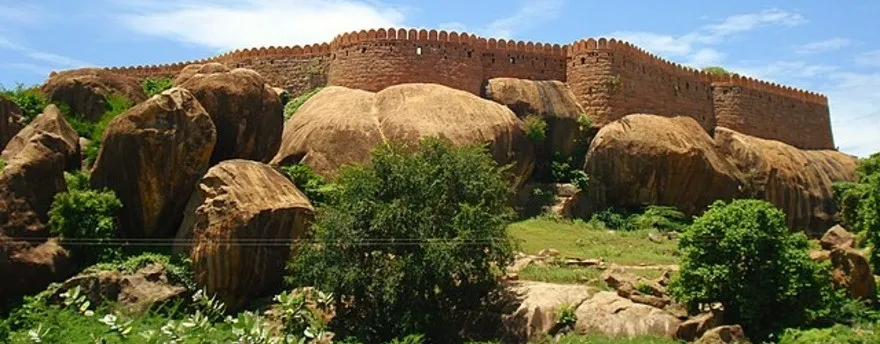Pudukkottai District

History of Pudukottai District
The history of Pudukkottai stands as a quintessential representation of South India’s rich historical legacy.
- Within and surrounding Pudukkottai, numerous remnants of ancient human settlements and some of the earliest stone inscriptions in the southern region can be found.
- Over time, this area witnessed the rule of prominent dynasties, including the Pandyas, Cholas, Pallavas, Hoysalas, Vijayanagar Empire, and Madurai Nayaks.
- These rulers not only governed this region but also nurtured its communal organizations, facilitated trade and industries, and adorned it with temples and monuments of exceptional significance and beauty.
- Jainism thrived in the Pudukkottai area for over 1,000 years until the 11th century, leaving behind numerous Jaina vestiges in the district.
- The Thondaimans of Pudukkottai exercised complete sovereignty over the Pudukkottai region from the mid-17th century until its integration with the rest of India following Indian Independence in 1947
Tourist Attractions in Pudukkottai District
Chittannavasal Temple: Chittannavasal Temple is renowned for its ancient Jain cave paintings, which provide a captivating glimpse into the artistic and spiritual history of the region.
Narthamalai Temple: Narthamalai Temple is a historical and religious site in Tamil Nadu, known for its intricate stone carvings and ancient inscriptions that offer insights into the region’s rich heritage.
Viralimalai Murugan Temple: The Viralimalai Murugan Temple, located in Tamil Nadu, India, is a renowned hill temple dedicated to Lord Murugan.
Avudaiyar Temple: Avudaiyar Temple, located in Pudukkottai district, is a significant pilgrimage site dedicated to Lord Shiva, featuring stunning Dravidian architecture and a serene ambiance for spiritual seekers.
Kudimiyan Temple : It is an ancient hillock, famous for its rock-cut Jain cave temples adorned with intricate sculptures and inscriptions dating back centuries.
Kattubhava Pallivasal: Constructed during the 17th century AD by the Arcot Nawab, this site is home to the Pagruthin Avuliya, also known as Kattubhava Samathi. The annual URS festival is a well-known celebration at this location, attracting not only Muslims but also Hindus who come to visit this revered center.
Avur Church: Built in 1747 AD, the Roman Catholic Church in Avur is historically significant, as it was the starting point of the religious mission of the renowned Tamil scholar, Rev. Father Joseph Beschi, also known as Veeramamunivar. This church attracts numerous foreign tourists periodically, and it is particularly known for its grand celebration of the Easter festival.
How to reach Pudukkottai
Road – Regular buses connect major cities with Pudukottai. National Highways NH 336 (Trichy-Ramanathapuram) and NH 226 (Perambalur-Manamadurai) pass through Pudukottai. State Highways SH 26 and 71 also pass through the town of Pudukottai.
Rail – Pudukottai Railway Station has daily express trains to and from Rameswaram and Chennai and weekly express trains to Coimbatore, Kanyakumari, Puducherry, Varanasi and Bhubaneshwar.
Air – The nearest airports are Tiruchirappalli International Airport (45 kilometres from the town) and Madurai Airport (122 kilometres away from the town).
To explore more about Pudukottai Tourism, Please click and check Pudukkottai Tourism page.
Image Attribution: Rajaraman Sundaram
